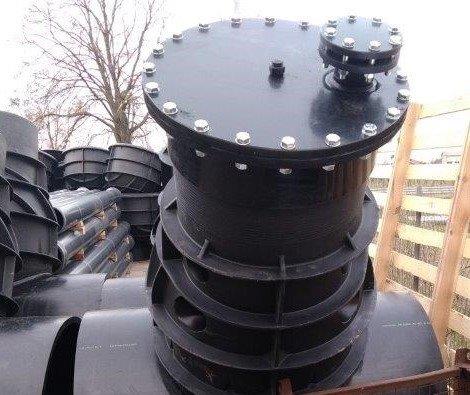

Biogas is a fuel that originates from the microbial degradation of organic matter in the absence of oxygen. It is one of the most viable alternative sources for producing renewable energy.
Obtained from agricultural waste, manure and food waste, as well as sewage sludge from water treatment plants, it represents a precious resource for generating energy.
Biogas plants are easy to recognise: they’re the green cylinders with white domes scattered across the fields, amid the corn and wheat crops. Built about ten years ago to dispose of farm waste and subsidised with public funds, they have brought about a radical change in some agricultural areas.
Biogas production had a laudable goal: to help farmers solve the problem of disposing of livestock slurry and other waste.
Some, on the other hand, have become real agricultural biogas entrepreneurs, producing it from wheat harvested before ripening and no longer from manure.
Aside from the issue of questionable behaviour, biogas has huge potential for the agricultural sector. The development of renewable sources, reduction of CO2 emissions and respect for environmental sustainability depend on it.
To give a practical example: biogas enables farmers to dispose of all the manure from their stables, producing electricity and saving on their operating costs.
In our opinion, innovation is still the way to go: exploiting biogas proactively!
Rariplast’s goal is to create HDPE fittings and systems for recovering biogas in line with standards, but also according to the customer’s specific design.
Contact us to find out more, and together we’ll identify the most sustainable solution that best suits your needs!